Wine has been a beloved beverage for thousands of years, intertwined with culture, tradition, and innovation. The story of wine begins as far back as 4110 BC in Armenia, where the first known winery was established. Since then, wine has evolved into a complex and fascinating world that blends agriculture, art, and science.
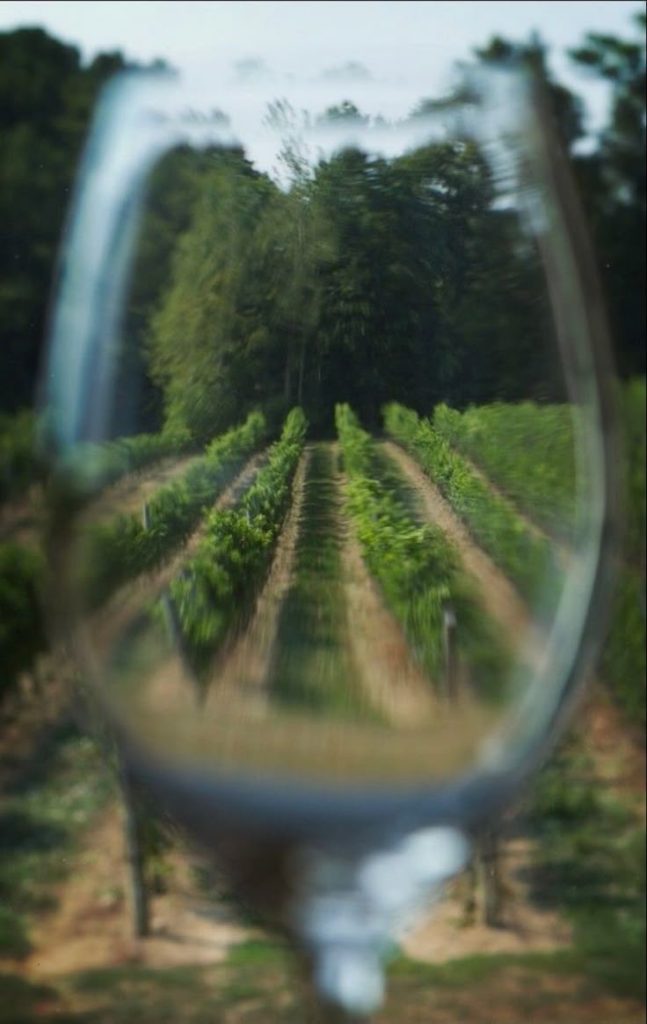

Ancient Origins and Cultural Traditions
In ancient Greece, wine was not just a drink but a social ritual. It was consumed everywhere and by everyone, typically mixed with water in a ratio of about one part wine to three parts water. The famous Symposium was a gathering where philosophical discussions took place over glasses of wine, highlighting how deeply wine was embedded in cultural life.
By 800 BC, specialized wine experts had emerged:
- The sommelier — who presents and recommends wines in restaurants.
- The acafista — a wine expert working in wine shops or boutiques.
During the Middle Ages, monasteries, universities, and hospitals often became centers for wine trade and preservation, keeping wine culture alive through turbulent times.
The Phylloxera Crisis and the Science of Grafting
The 19th century brought a major crisis: the phylloxera epidemic. This tiny insect devastated European vineyards by attacking vine roots. Introduced accidentally by Americans, phylloxera threatened to destroy old European wine traditions. The solution came from a brilliant scientific innovation — grafting resistant American rootstocks with the virulent European vines. This technique saved Europe’s vineyards and remains a foundation of modern viticulture. Interestingly, untouched old vines still survive in Chile and Uruguay, two regions unaffected by phylloxera.
Modern Wine Production and Consumption
Until the mid-20th century, vineyards were cultivated entirely by hand — tractors were only introduced around 1954. Today, the global wine industry produces roughly 30 billion liters of wine annually (about 45 billion bottles), while worldwide consumption sits around 25 billion bottles.

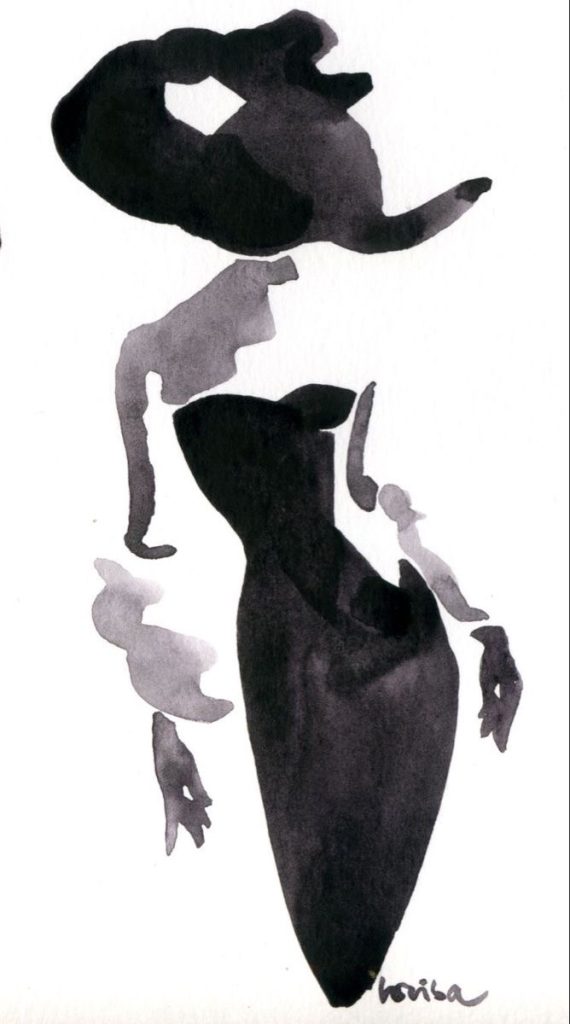
Wine comes in two main styles:
- Single-varietal wines (made from one grape variety)
- Blends (also known as assemblage or cuvée, combining multiple varieties)
The vintage of a wine refers to the year the grapes were harvested. Only about 1-2% of wines age elegantly over time, making those that do highly prized.
What Makes Wine Unique? Understanding Terroir
A key concept in wine appreciation is terroir — the combination of factors that influence a wine’s character and price, including:
- Climate
- Landscape
- Local traditions
- Soil composition
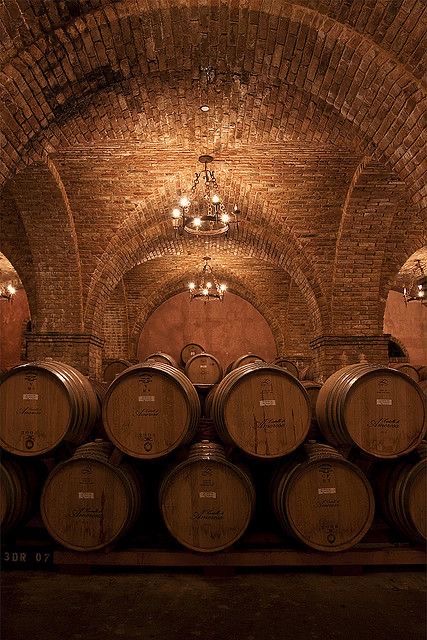
Wines from colder climates tend to be more acidic, mineral-driven, and lower in alcohol, while those from warmer regions are usually fuller-bodied, richer, and stronger in alcohol content.
When it comes to price, wines under 100 euros generally reflect quality, but beyond that point, much of the cost is driven by marketing.
One interesting modern innovation is the screw cap, invented in Australia in 1964. It was created to solve the problem of transporting cork oak from Portugal and offers an easy, tool-free way to open bottles. This innovation has grown popular worldwide, especially for wines meant to be consumed young.
For those looking to keep wine in optimal condition, here are essential storage tips:
- Store bottles horizontally to keep the cork moist.
- Keep wine in a dark place away from light.
- Maintain humidity around 50%.
- Keep the temperature steady between 12-14°C (54-57°F).
Wine production uses two types of grapes: technical grapes (grown for winemaking) and wine grapes. Varieties fall into two categories: international (found worldwide) and indigenous (local to specific regions). In Italy, the term “appellation” refers to the specific region where a wine originates, a designation that often influences style and quality.

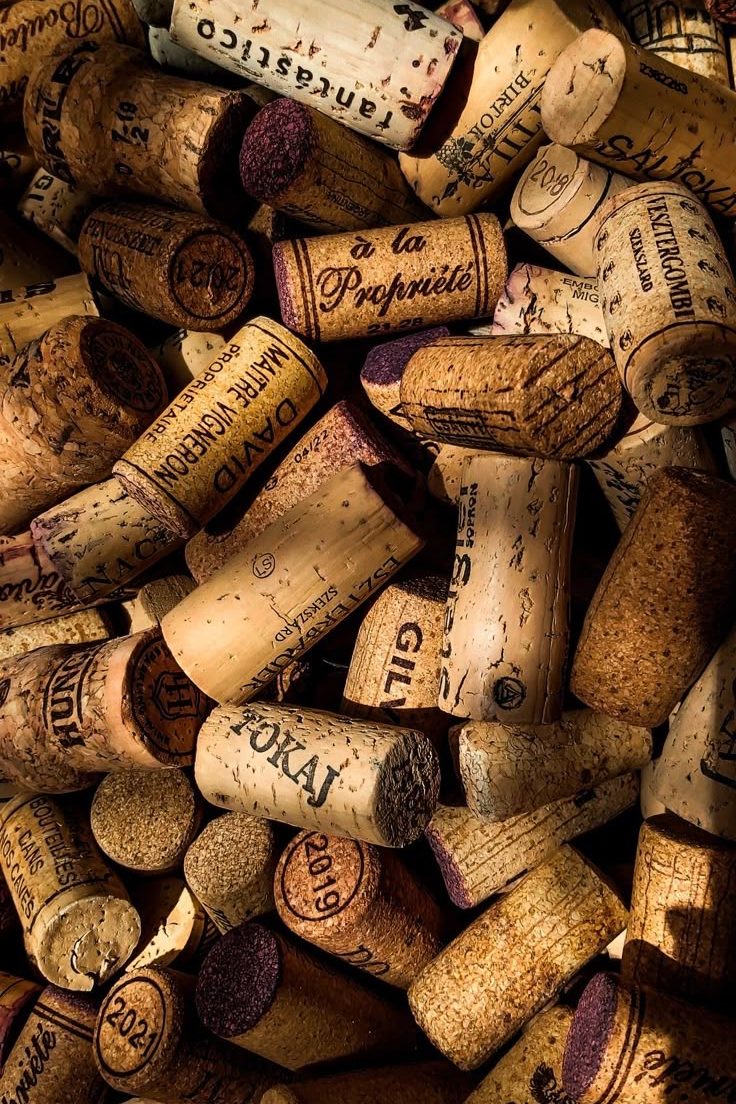
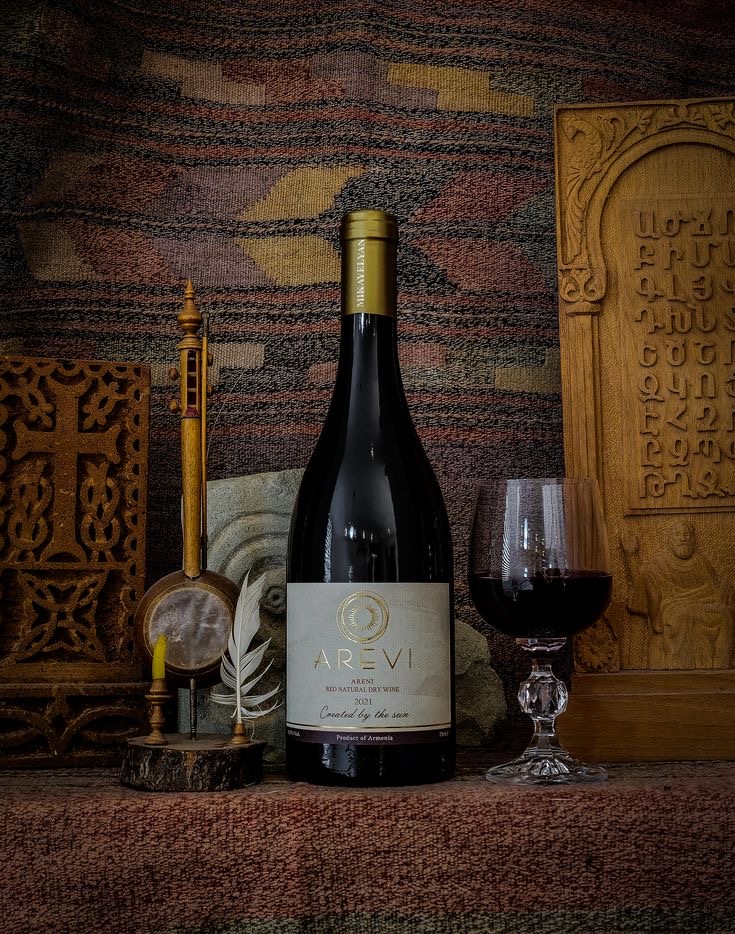

From the first vineyards of ancient Armenia to the high-tech cellars of today, wine reflects a remarkable journey of human ingenuity and cultural richness. Whether you’re savoring a mineral-driven Riesling from a cool climate or a robust, full-bodied Shiraz from a sunny vineyard, understanding the history, science, and traditions behind the bottle only deepens the experience.
So next time you raise a glass, remember — you’re part of a tradition thousands of years in the making.